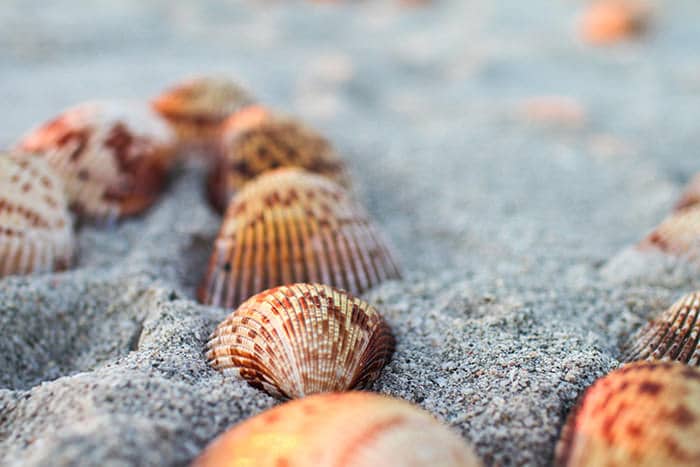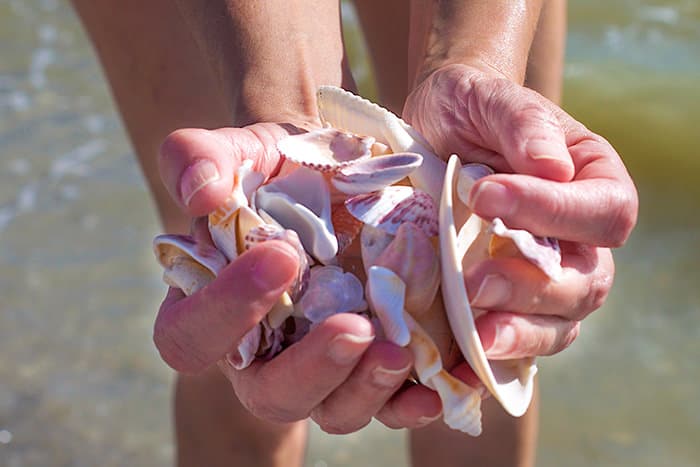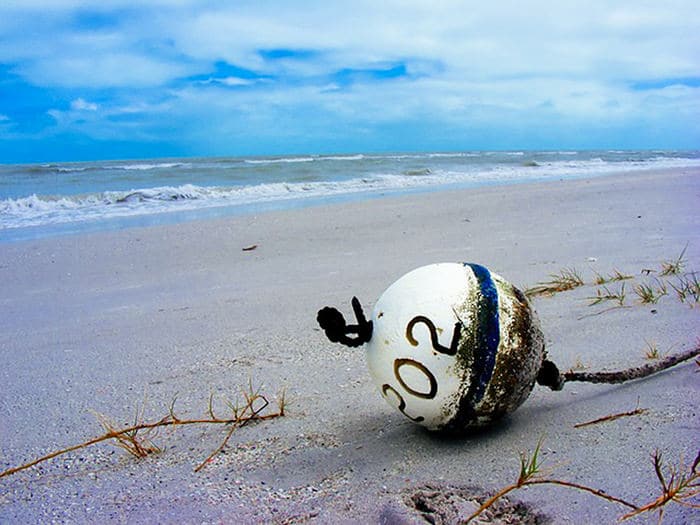If you are a serious sheller or fisher, you know that the tides play an important role in choosing the best times to set out on an excursion. Since tide times are constantly changing, there is no easy formula for predicting a successful trip.

Tide Basics
What is a High Tide and when does it occur?
High tides are a result of the gravitational pull between the Earth and it’s moon and the Sun. In short, the gravity from the moon pulls the Earth’s water towards it, and thus creates a high tide. High tides occur when the moon is directly overhead and the water is pulled with the most force. They happen again when the moon is directly overhead on the opposite side of the planet, which is why we normally see two high tides occurring in an 24-hour timeframe.
What is a Low Tide and when does it occur?
As you can guess, low tides come opposite of high tides. So, low tides occur when the moon is not directly overhead or behind. When the moon is at a 90 degree angle from your position on Earth, the moon is pulling the water towards it and away from you, thus causing a low tide to occur.
How Tides Affect Shelling
Now that we’ve covered the basics, what does this mean for shelling? The best shelling opportunities tend to happen during low tide, where the shells that are normally covered by water are left exposed on the sand. If you want to increase your chances of finding rare shells, you should set out when the tides are at the lowest point.
We see the lowest tides occur during a “neap tide.” Neap tides take place when the sun and moon are at right-angles from each other, creating a quarter moon or three-quarter moon. Serious shellers keep an eye on tide tables and the sun and moon’s position to predict the best shelling conditions.
Check out TheBaitBox.com for Sanibel tide charts.
How Tides Affect Fishing
While the tides help to predict the best times for shelling on the beach, we know that fishing isn’t just subject to the tides reaching the shore, but also the currents within the water. Therefore, it’s even more challenging to develop a set formula for the best times to fish.
In general, tides cause bait fish and crustaceans to move closer and farther from the shore. During these transition periods, larger fish have a better chance at catching prey. So, make your lure a part of the moving prey! In short, fishing when the tides move in and out offer the best chance of reeling in a good catch.
Check out Tides4Fishing.com for great tide and solunar fishing calendars for Sanibel.


